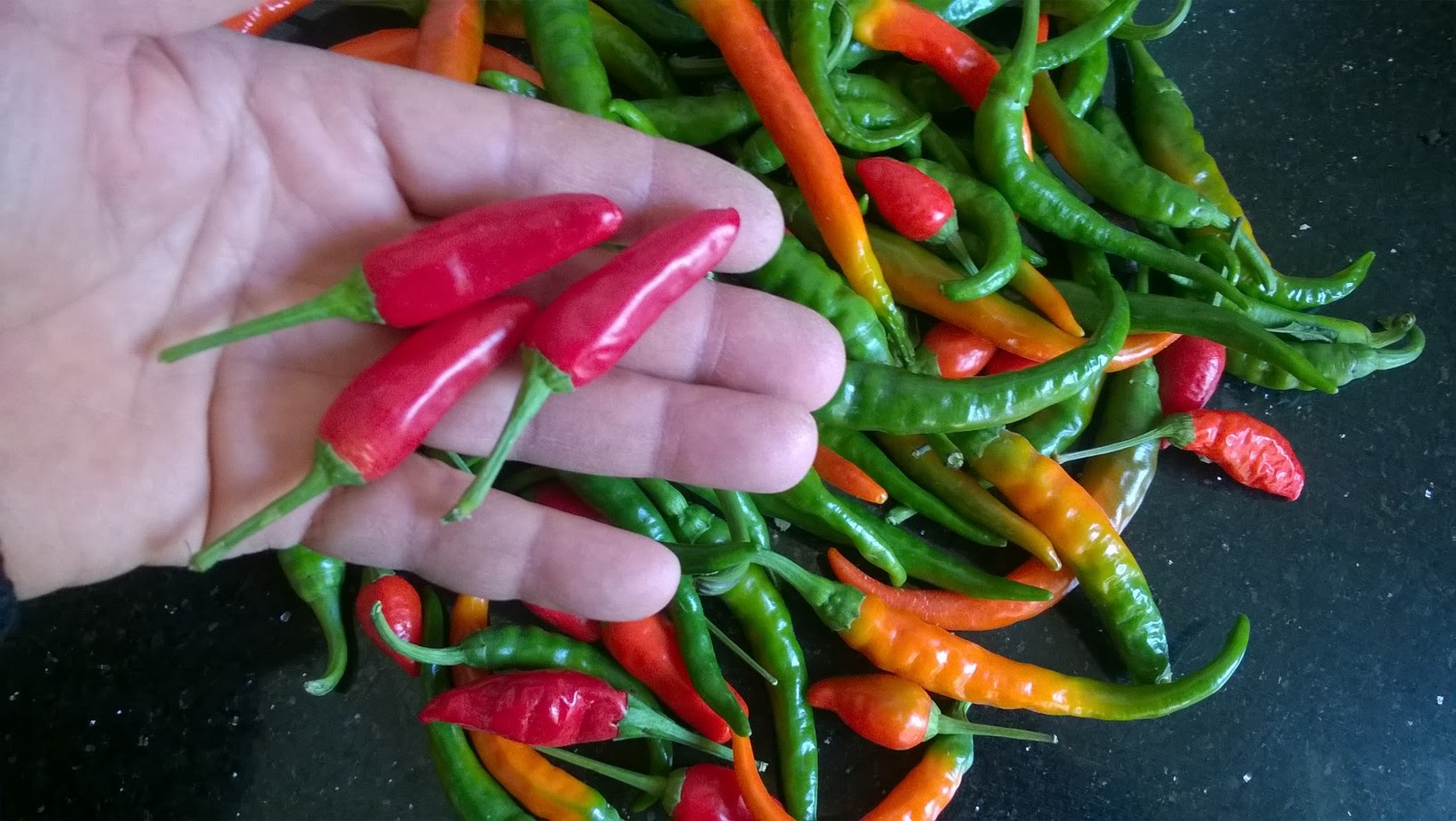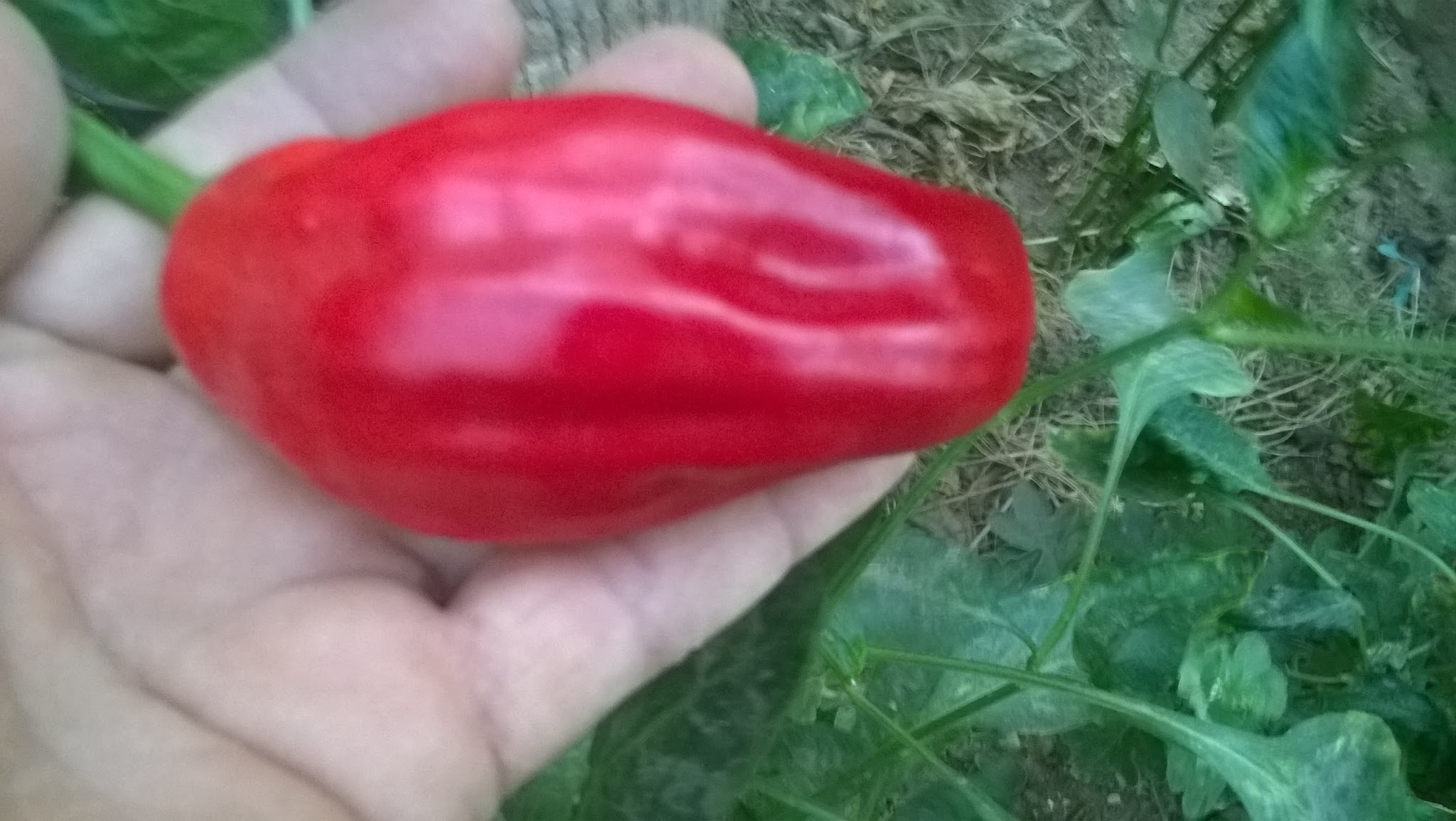Chili peppers are native to South and Central America. Chili peppers have been cultivated in these regions for more than seven thousand years, first as a decorative item and later as a foodstuff and medicine. It was not until the 15th and 16th centuries that chili peppers were introduced to the rest of the world. Christopher Columbus encountered them on his explorations of the Caribbean Islands and brought them back to Europe. There, they were used as a substitute for black pepper, which was very expensive since it had to be imported from Asia. Explorer Ferdinand Magellan is credited with introducing chili peppers into Africa and Asia, continents that have since incorporated them into their cuisines and pharmacopeias. Chili peppers are eaten every day, in countries all over the globe, and are now grown on all continents. Chili peppers reign as the world's most widely cultivated spice crop and became extremely popular in India after it was first brought to India by Vasco-da-Gama.
Some of the hottest chilies are grown in India. Today India has become the world’s largest producer and exporter of chili, exporting to the USA, Canada, UK, Germany and many others countries across the world. It contributes 25% of world’s total production of chili.
Chili peppers are cultivated in warm climates around the world. Many of the most-common chili peppers are cultivars of Capsicum annuum, including the cayenne, jalapeño, serrano, and Thai chili peppers. Some of the hottest chili peppers are: The habanero, the Carolina reaper, and the ghost chili pepper, or bhut jolokia. Chili peppers can be eaten fresh or dried and are used to make chili powder and to flavour barbecue, hot curry, and other spicy sauces.
Chili peppers contain a substance called capsaicin, which gives peppers their characteristic pungence, producing mild to intense spice when eaten. Capsaicin is a potent inhibitor of substance P, a neuropeptide associated with inflammatory processes. The hotter the chili pepper, the more capsaicin it contains.
Red chili peppers, such as cayenne, have been shown to reduce blood cholesterol, triglyceride levels, and platelet aggregation, while increasing the body's ability to dissolve fibrin, a substance integral to the formation of blood clots.
The bright color of red chili peppers signals its high content of beta-carotene or pro-vitamin A. Two teaspoons of red chili peppers provide about 6% of the daily value for vitamin C coupled with more than 10% of the daily value for vitamin A. Often called the anti-infection vitamin. Vitamin A is essential for healthy mucous membranes, which line the nasal passages, lungs, intestinal tract and urinary tract and serve as the body's first line of defense against invading pathogens.
Chili Pepper can help improve cognitive functioning. The amount of iron in chili pepper leads to increased hemoglobin production and increases blood flow.
All chili peppers, including green chilis, contain capsaicin, the compound that is responsible for the spicy sensation associated with eating a hot pepper. The spicier the pepper is, the more capsaicin it contains. Scientists believe that the capsaicin in peppers exists to keep infestations of fungi at bay. Insects like to poke holes in the skin of fruits, and as a result, harmful fungi can make their way in. To combat this, a pepper’s capsaicinoids can slow the growth of the microbes.
While the peppers definitely look different, all colors are actually all the same fruit in varying levels of maturity. Green chilis are immature chili peppers, most often Pasilla and Poblano peppers, that have been harvested before fully ripening. Not as spicy as red chili peppers, they are available raw, canned or pickled and are a common addition to traditional dishes ranging from soups to snacks. Green chilis are low in calories, but rich in nutrients that can enhance your health, including vitamins A, C and K and the phytonutrient capsaicin.
Chili peppers are an excellent source of vitamin A (in the form of beta-carotene) which are powerful antioxidant. These antioxidants destroy free radical bodies. Usually, these radical bodies may travel in the body and cause huge amounts of damage to cells. These radical bodies could damage nerve and blood vessel in diabetes.
Green peppers taste more bitter than their counterparts because they lack the same chemicals and vitamins that the more mature fruits develop.
The capsaicin in chili peppers can cause a burning sensation if it touches your skin or lips, or comes in contact with your eyes. So handle fresh chili peppers with care and always wash your hands after handling them!
The capsaicin in chili peppers can cause a burning sensation if it touches your skin or lips, or comes in contact with your eyes. So handle fresh chili peppers with care and always wash your hands after handling them!
Want to Grow Hot Pepper! Check out this Big List!
Happy gardening!
This website is a participant in the Amazon Services LLC Associates Program, an affiliate advertising program designed to provide a means for sites to earn advertising fees by advertising and linking to amazon. Some of the links to products on this site are affiliate links. These are products that I've used or recommend based from homesteading experience. I do make a small commission (at no extra cost to you) from these sales.(alert-warning)






















